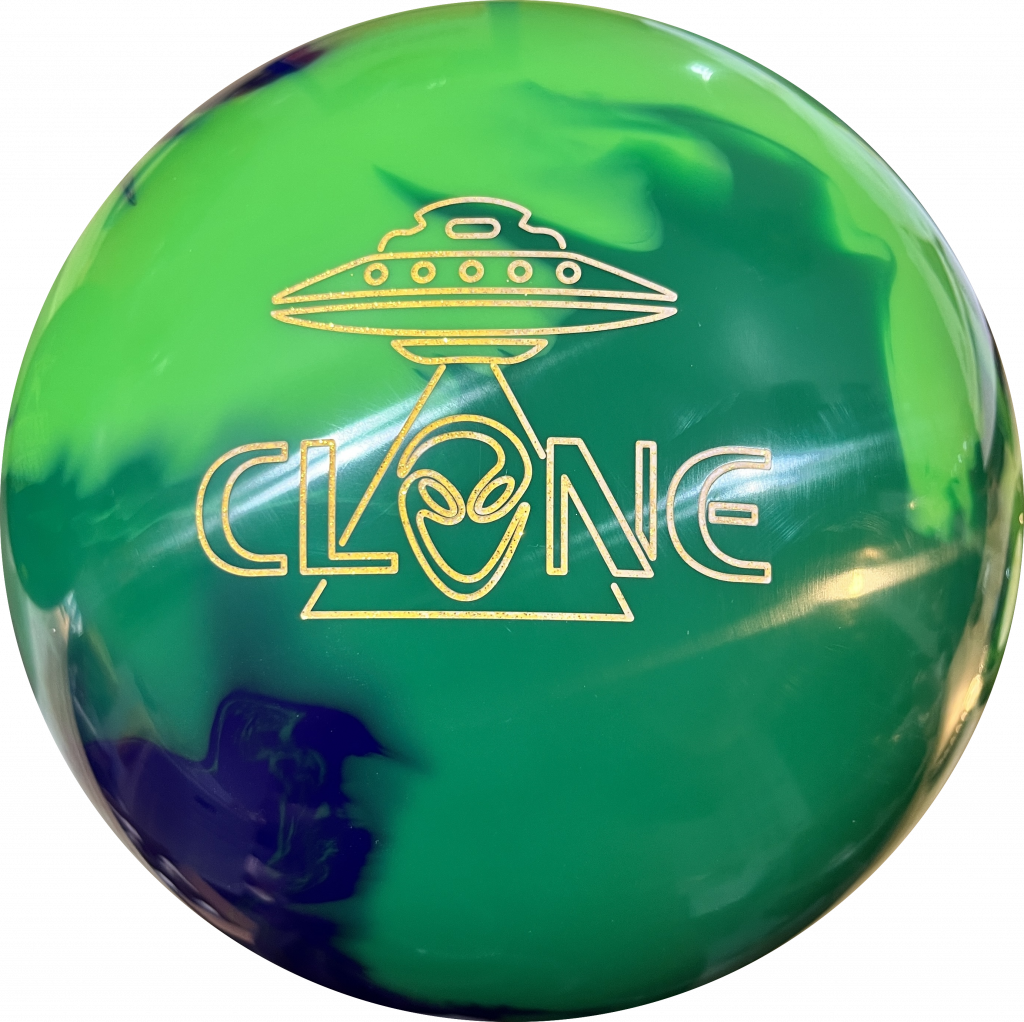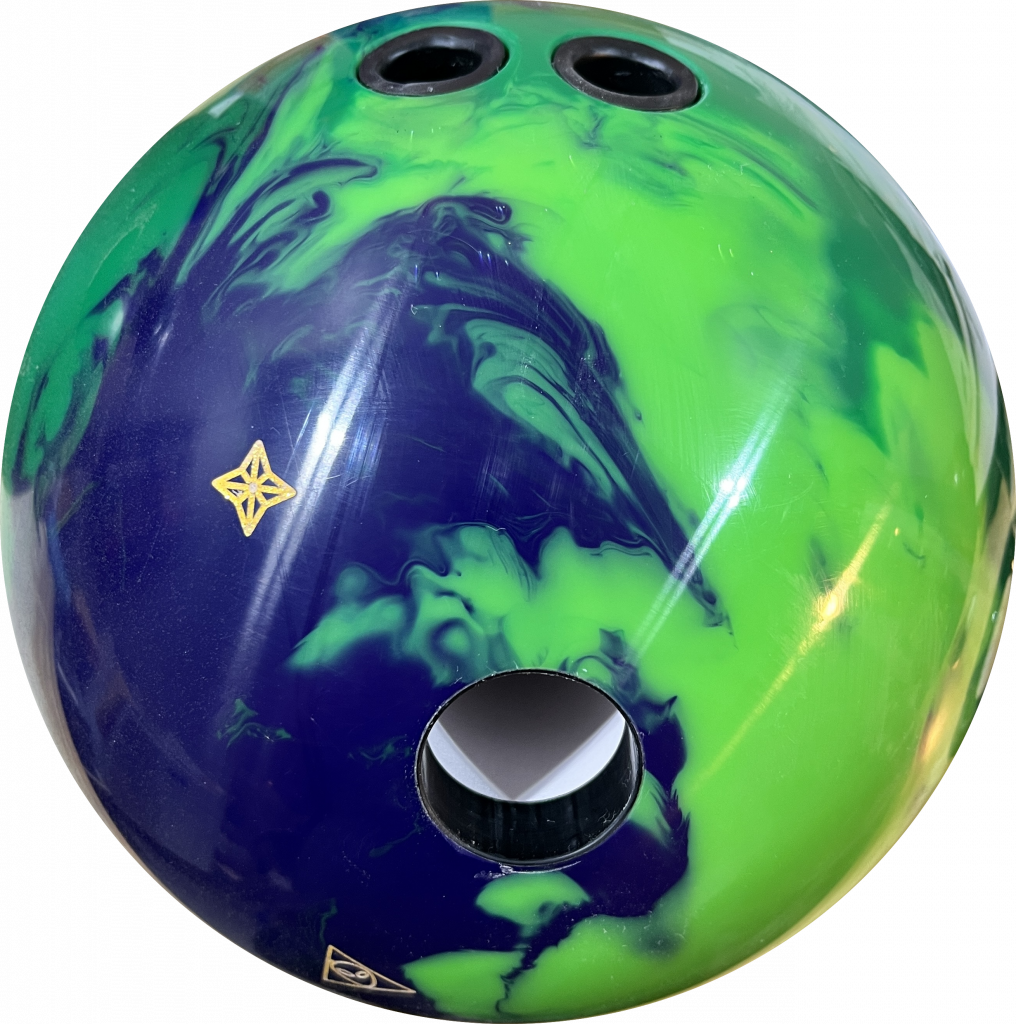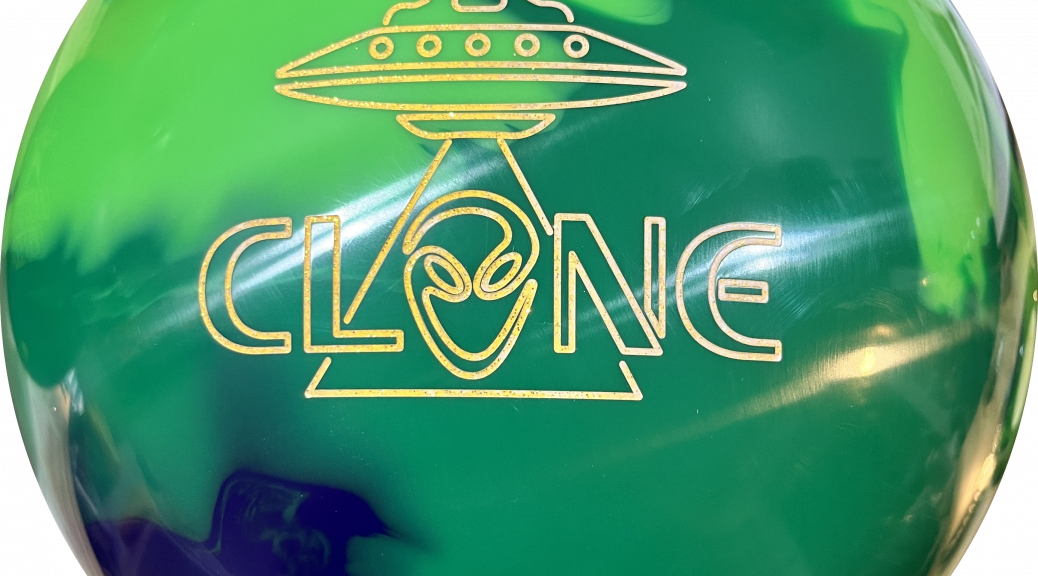


First Impressions
The Clone feels like the Eternal Cell reincarnated. A big solid shined up so you can use it more often seems to yield a benchmark type ball.
Check out our friends Jeff Miller and Ron Hoppe at Haley’s Pro Shop for world class drilling and coaching!
Tamer Elbaga (Lefty)
Style: Tweener
RPM: 375 rpm
PAP: 5 & 3/8 up
Average Speed: 18.5 mph (at release)
Axis tilt: low
Axis rotation: medium/high
Test Equipment: 14 Pounds
Layout: 50 x 5 x 45
Bryan Hoffman (Righty)
Style: Stroker
RPM: 280 rpm
PAP: 4 1/2 & 1 1/2 up
Average Speed: 18.5 mph (at release)
Axis tilt: high
Axis rotation: medium
Test Equipment: 14 Pounds
Layout: 50 x 5 x 45
Tyler Church (Righty)
Style: Power Player
RPM: 450 rpm
PAP: 5 1/2 & 1/2 up
Average Speed: 19 mph (at release)
Axis tilt: med
Axis rotation: medium
Test Equipment: 14 Pounds
Layout: 50 x 5 x 45
“Keep in mind that coverstock accounts for 70% of ball reaction, but the core creates the dynamic shape of the reaction. Your driller will alter the shape to suit your game.”
Pattern
THS: 42ft, 23ml
Sport: TBD
Specs
The Motiv Primal Shock uses the E.T. asymmetric Core core inside the OptiTrax Solid Reactive coverstock.
15 pound = RG of 2.51, diff of .056, mb of .016
14 pound = RG of 2.53, diff of .056, mb of .016
Coverstock finish: Reactagloss (refinished by us to 1000 hard then step 2 compound)
Overall
I’ve let the cat out of the bag quickly and succinctly in my first impression but let’s get into it. The ET weightblock from the UFO Alert is back but now Storm is adjusting the outer core to help get the 16-14lb specs much closer. Honestly, this is a little overblown but I am not hurt by this given that we test with 14lb a lot. I will say we’ve found very little delta over the many years testing 15 and 14. So anyway, the big thing for me is the decision to release the Clone with a shined up Optitrax solid. Yes, I completely resurfaced it as I do all Reactagloss finished products to 1000 hard and Step 2 compound. But this really moves the ball from a likely Strong Defined to a Mid Defined shape which edges towards the smoother end of that grouping. That means it’s maybe possible to slot it into a Mid Control. Even if you don’t, the cleaner cover, allows bowlers to use a strong piece with a heavy rolling core on more conditions and this should help many bowlers. I love when I can use a heavier rolling piece on medium conditions as it tends to increase my carry. Weaker cores can generate similar motion but sometimes a “thinner” reaction means more deflection and less carry for my style. First 10 shots or so in the video are straight through, unedited. I started as direct as I dare on the wall shot and going through 4th arrow. The ball was easily playable from 10 to about 18 at the arrows. Beyond that, I struggled physically with consistency this time around but I did notice a little bit more sensitivity from the ball. Being a shiny cover but solid means a bit of a smoother reaction but that meant that misses out from deep don’t recover as well as shiny pearl or hybrid and misses in didn’t really hold.
When the guys are back from Nationals, we’ll get them to test as well. As for me, whether I fit this in Mid Defined or Mid Control, it’s the kind of ball that seems to be a great benchmark type. I think the Clone will do a great job there and if folks realize that, it’ll probably sell really well.
Bryan tested the new Roto Grip Clone. The quick story is on this fresh house shot, he had a pretty good look between 10-12 slot at the arrows which is the typical track area for him. Not hugely surprising. It was pretty easy to see a consistent shape and it didn’t surprise. It was pretty clean being a shiny ball, even though it’s a solid with a big core and then made a consistent smooth move you would expect out of a big core. Just as a reminder, this reacta gloss is the refinished hard 1000, then Step 2 compound, then a light 3000 pad scuff by hand. Very specific yes, but very effective. Since Bryan quickly saw an easy line, he started to move in to see what happens. It was predictable in the sense of its motion. Carry started to decrease. The core causes it to consistently roll a bit earlier so even though we had a clean cover, he lost hit moving in. Even if he slowed to ball down, it didn’t really wheel as much. The Clone’s motion for Bryan wasn’t as impressive as it was for Tyler and I given the different styles but it was pretty consistent and understandable motion. It might slot in a mid control for Bryan since he might want a bit more pop from a mid defined slot. I think in his mind, the Clone was about a B if he had to score it for his game. Better than good but not an absolute must have.
Tyler tested the new Roto Grip Clone for our higher rev test. Overall, I would say Tyler had a very similar reaction to mine except with a bit more explosion from the higher rev style. Yes we resurfaced to 1000 grit then Step 2 than light scuff with 3000. So in terms of ball reaction, as I had, it’s clean, but heavy rolling which created a nice pop of heavy forward tumble through the pins. That clean cover allows the ball to get down lane, rather than dig early. It just pushes the core transition further downlane. The timing of that transition made the ball look pretty angular for Tyler. But just as I saw, it’s still a solid underneath so the occasional miss out with that forward tumble meant a bit softer hit. Not a huge deal. It still looks like an extremely usable ball for the track for most bowlers. Basically, what we have here is a big solid asym that the factory decided to shine for you as opposed to throwing it for 20 games and letting it lane shine, which is what most bowlers tend to do anyway. In some ways, that’s good because you get a more usable ball. In other ways, sometimes bowlers complain why the ball isn’t “strong” anymore or skidding more than it used to. In this case, Roto Grip gives bowlers the Clone which will likely roll the same way in 10, 20, or 30 games.
Thanks for watching.

